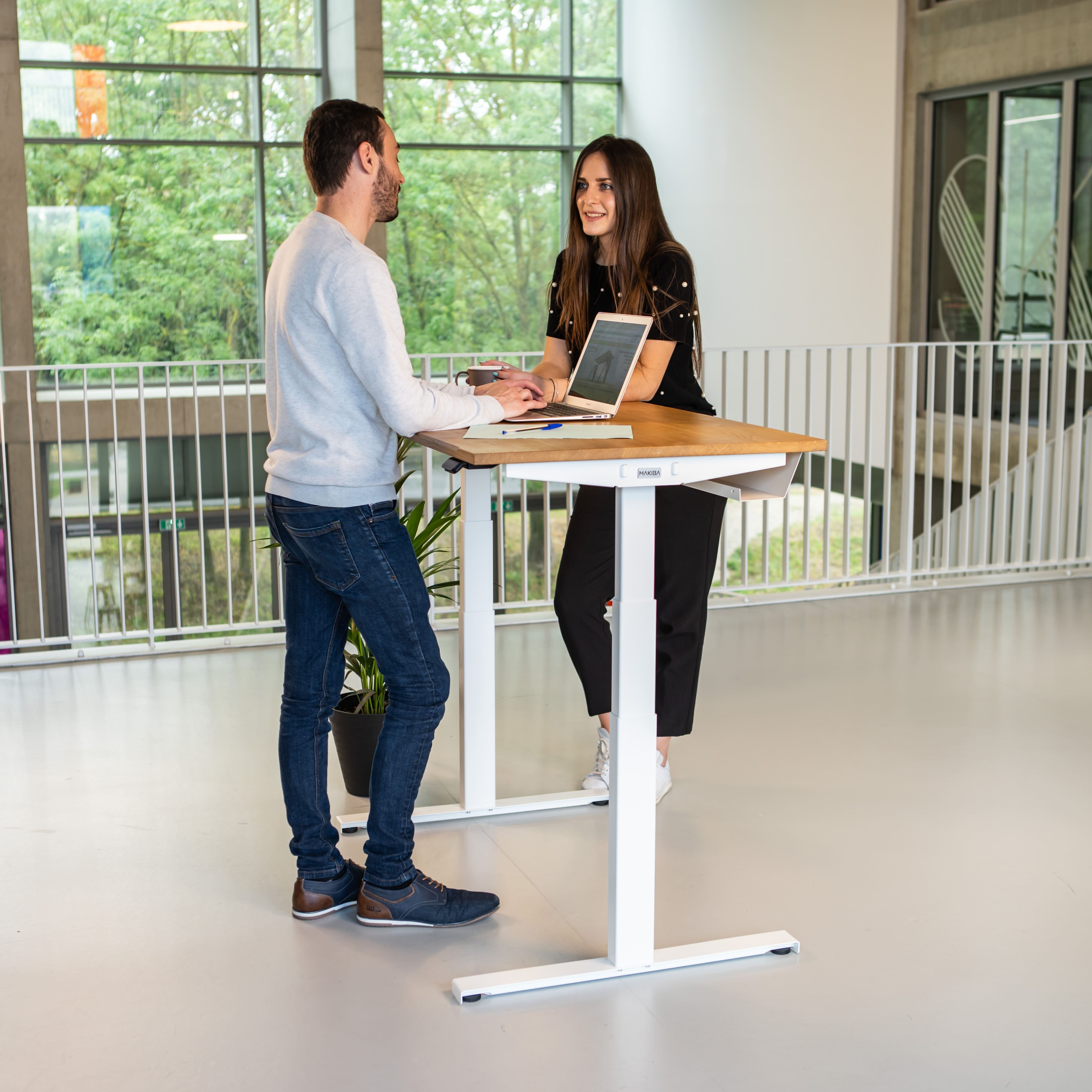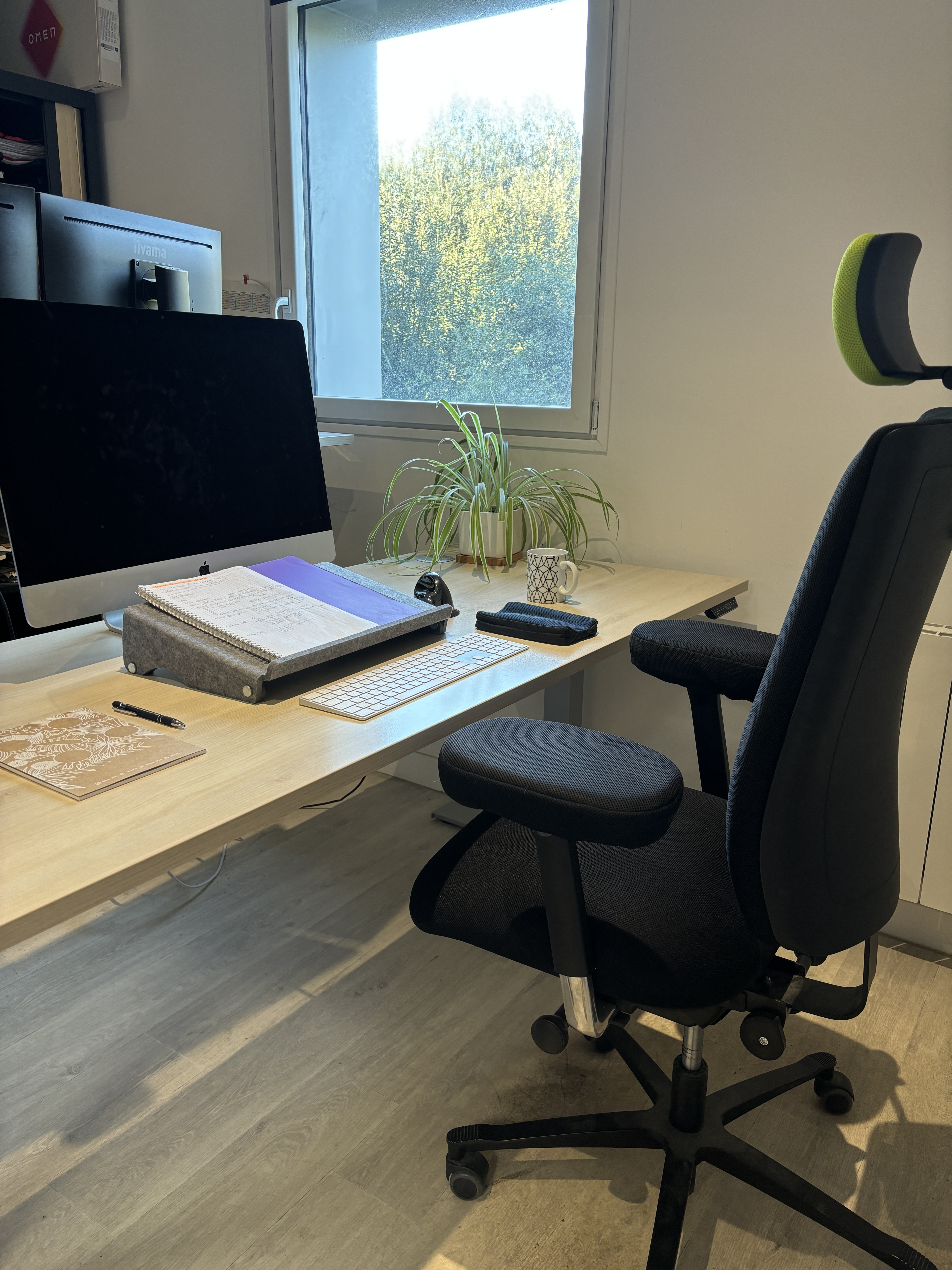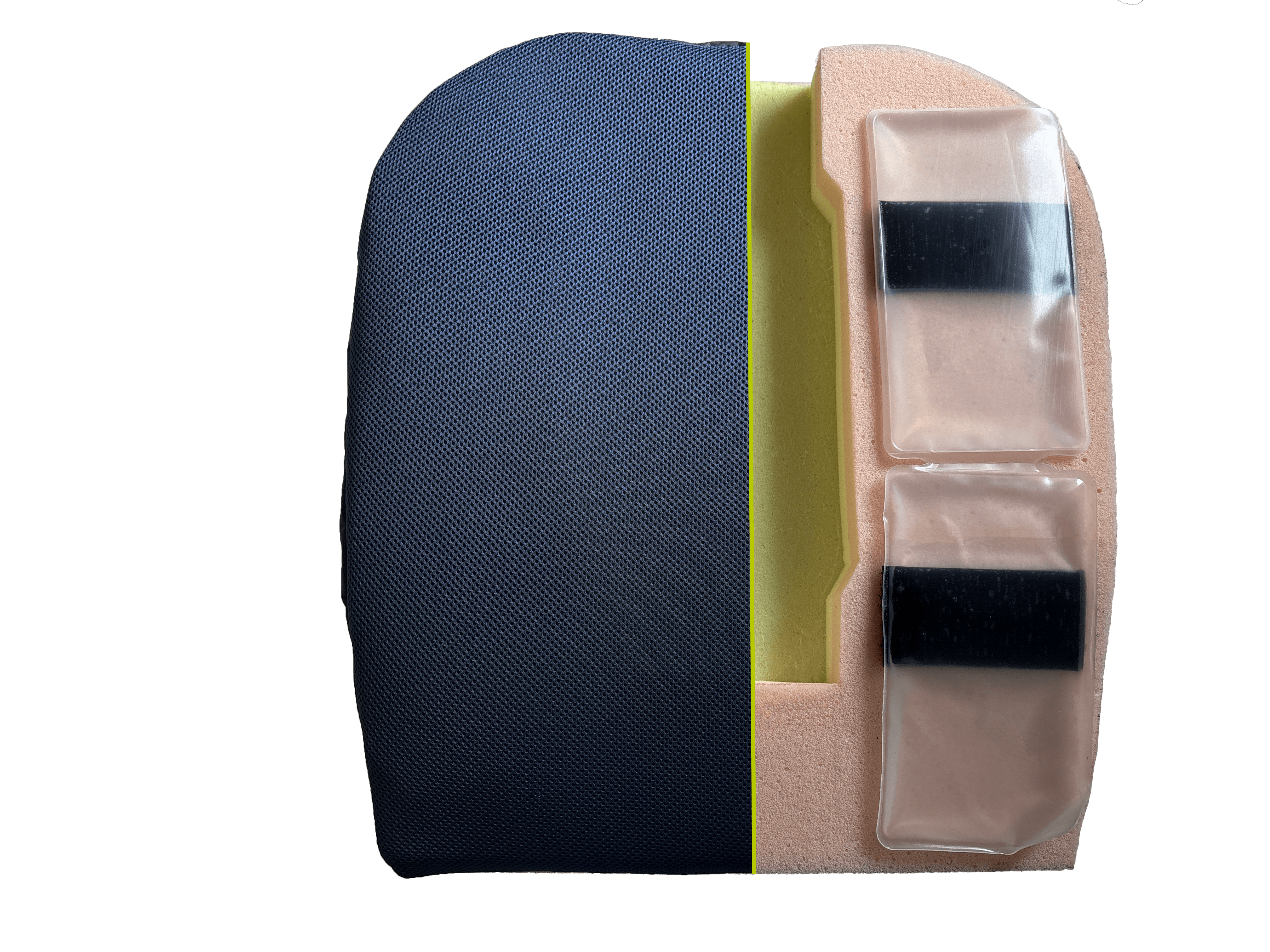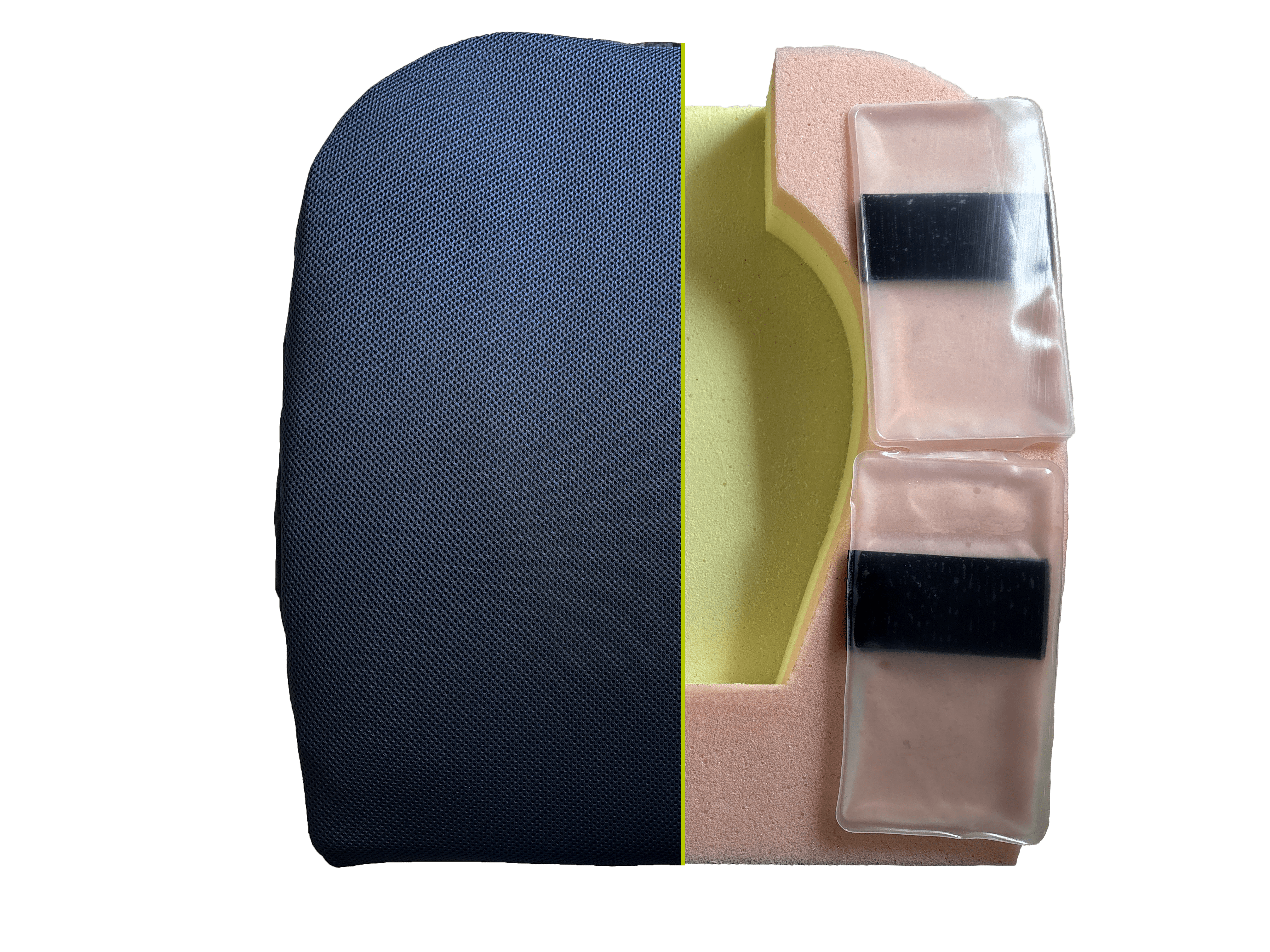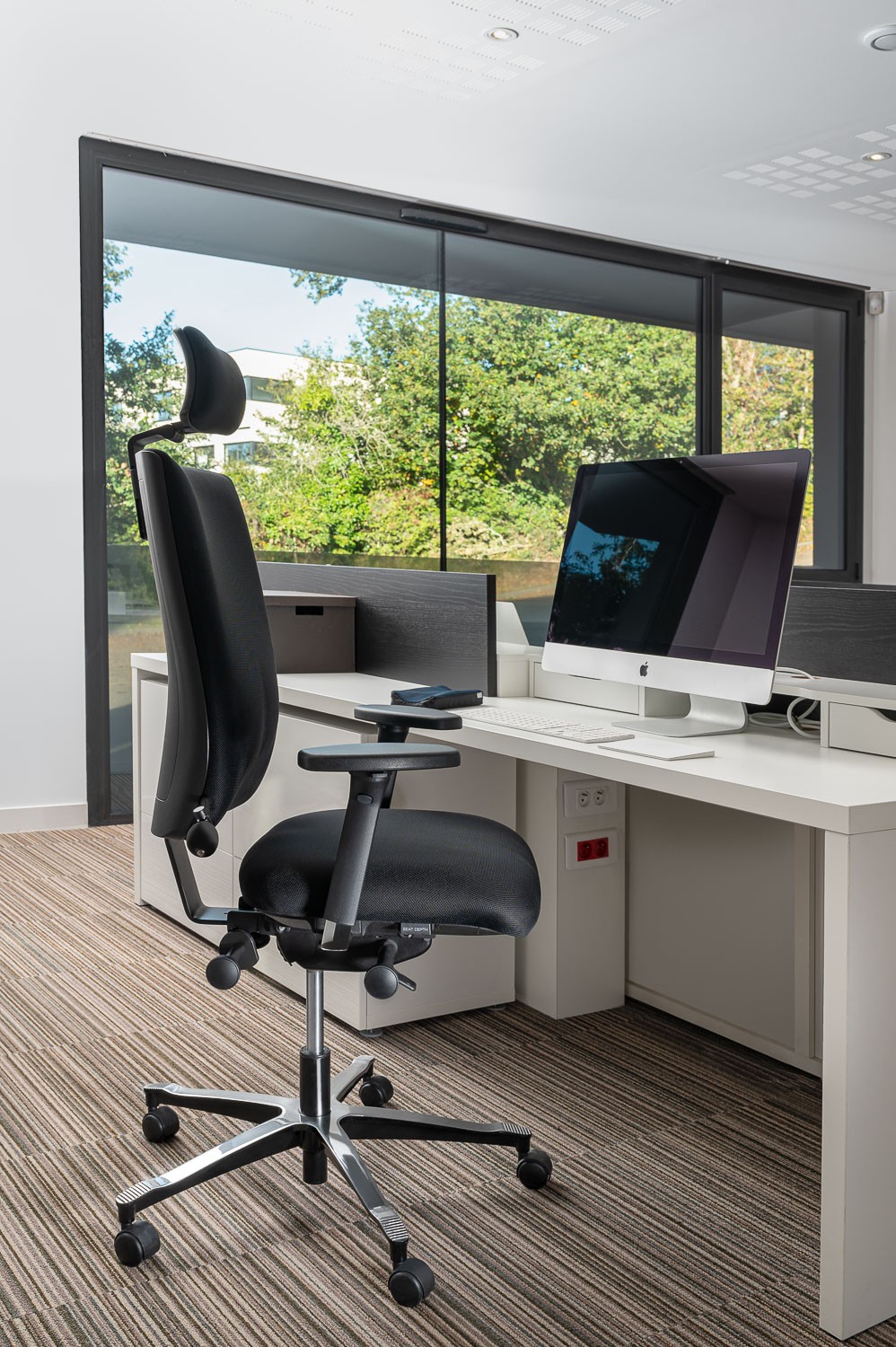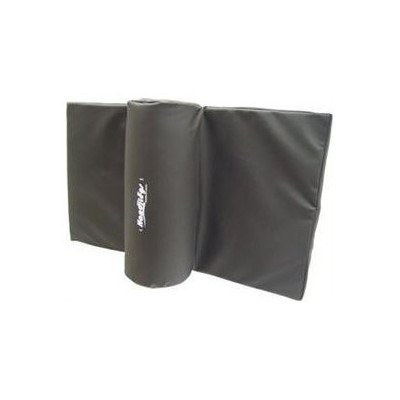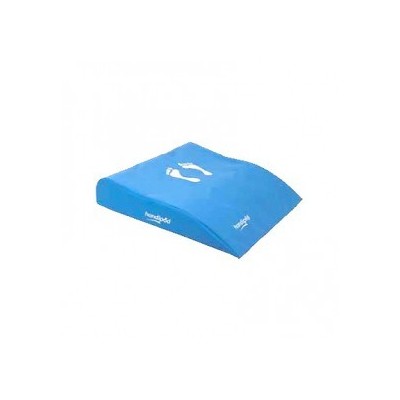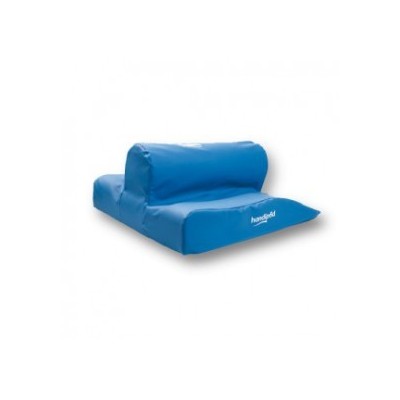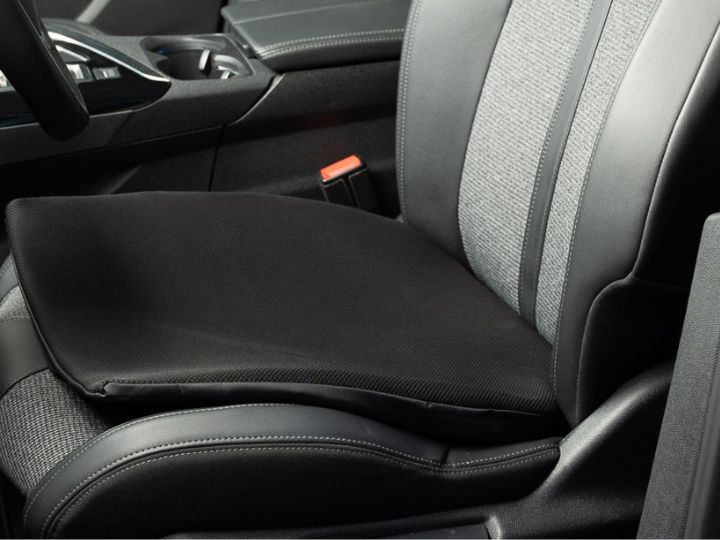
Driving with Sciatica: How to Relieve Pain During Your Trips
Why is sciatica painful in the car?
Sciatica: What is it?
Sciatica is a medical condition characterized by pain that radiates along the sciatic nerve, which extends from the spine down the leg. This pain can be caused by irritation or compression of the sciatic nerve, often due to a herniated disc. Other spinal issues can also be the cause of sciatica.
Driving with sciatica: The challenges
Driving and sciatica often don’t go well together, as prolonged sitting can put increased pressure on the sciatic nerve. Additionally, bumps, shocks caused by road irregularities, and vehicle vibrations can worsen sciatic pain. Here are a few tips to ease this pain and make driving with sciatica more bearable.
How to drive with sciatica?
Our tips for reducing sciatic pain while driving
1. Prepare your vehicle for driving:
- • Avoid seats that are too soft, which can cause poor posture.
- • Use a cushion to maintain dynamic posture.
- • Tilt your seatback slightly to increase the angle between your torso and legs.
- • Adjust the seat for good lumbar support.
2. Use relaxation techniques:
Tension and stress can worsen pain by increasing muscle tightness. Try relaxation techniques like deep breathing, meditation, or listening to calming music to relax and reduce muscle tension during your trip.
3. Use heat or ice:
Apply heat or cold to the painful area before hitting the road. This can help reduce inflammation and relieve pain. The sciatica car cushion Ergoccyx includes a high-viscosity fluid pocket that can be chilled in the freezer without altering its consistency.
4. Avoid leaning forward too much:
Use your seatback to support your back and reduce muscle tension. Use a back cushion and seat cushion to improve your position and provide greater comfort and support.
5. Plan frequent breaks:
Even with good equipment and all these tips, it's still important to take regular breaks to avoid staying in the same position too long. Stop every hour or two to stretch your legs. Walking a bit and doing gentle stretches can help relieve pressure on the sciatic nerve.
6. Exercises in the car:
Gently perform some leg and foot flexion and extension exercises to stimulate blood circulation.
What cushion to relieve sciatica in the car?
As mentioned above, using a cushion can help relieve sciatica in the car. A well-chosen sciatica seat cushion works in several ways:
- • Postural cushion: To be effective, the sciatica cushion should help maintain a posture that puts less strain on the body by raising the pelvis to increase the opening angle of the legs. Opening the pelvis reduces forward disc compression and thus reduces pressure on the sciatic nerve.
- • Coccyx cushion: A cushion with a coccyx cut-out relieves pressure on the coccyx/sacrum when sitting and prevents that pressure from traveling up to the sciatic nerve.
- • Anti-vibration cushion: A sciatica car cushion should also absorb shocks and vibrations to effectively relieve pain.
To meet all these needs and effectively relieve sciatica while driving, Ergotech developed the Ergoccyx Vehicles ergonomic sciatica cushion, suitable for use in cars, trucks, or buses.
While sciatica can make car trips uncomfortable or painful, by following these simple tips and using the right equipment, you can reduce the pain and discomfort. Don’t hesitate to consult a healthcare professional if your sciatic pain persists or worsens. By taking care of yourself and adopting good driving habits, you can fight pain and discomfort even when driving with sciatica.

